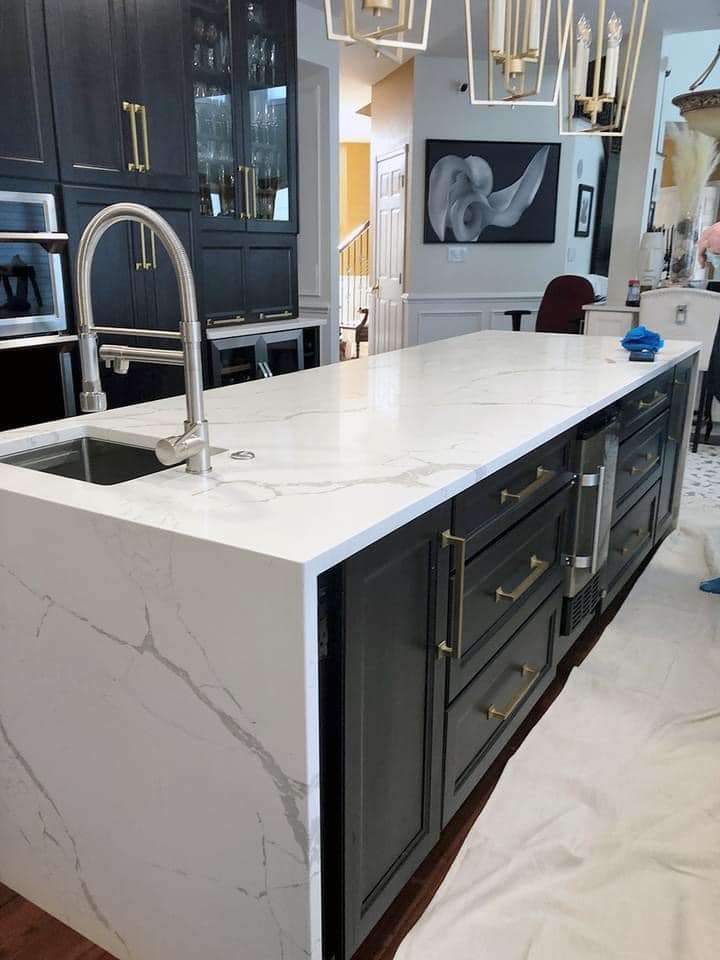
Don’t Allow Your Sink to “Sink” Your Kitchen
The truth is that a sink, or the type of sink, is a much-overlooked component of kitchen enjoyment. Most homeowners will put up with an outdated sink or one that is old and worn while focusing on the other aspects of a kitchen remodel.
A proper sink that serves each homeowner’s needs, and the aesthetic is crucial in making a remodel a great success. There are many styles of sinks and just as many uses and preferences by homeowners. We will dive in here and explain types and uses to educate about this much-used component of a kitchen.
Especially during the winter months, with a lot of individuals spending more time at home, kitchen sinks take a “workout.”
Types of sinks in a nutshell:
- Single bowl sinks
These speak for themselves as they are one deep bowl. The advantages are that a great deal of washing of dishes and storing dirty dishes can be done with this type. However, there is no divider, so a dish drainer or other storage area for washed dishes is necessary.
Farmhouse sinks are generally one bowl, but some are two bowls. They can be built in such a way that they meld into the cabinetry. These are great for individuals who use large pots and pans while cooking and want an aesthetic that is more cozy looking.
- Double bowl sinks
These are a top choice for families who are seeking to save space and time, as one side is used for the dirty dishes, and the other side can be used for storage of rinsed dishes before these are put into the dishwasher or dried. This is a quick and easy solution to quickly wash dishes without having another spot to stack the washed dishes.
- Drainboard sinks
These are catching on in popularity as they combine the capacity of single-bowl sinks with the drainage capacity and storage of double-bowl ones. The name speaks for itself as the drainboard is built into the sink rather than having to purchase one. Functionality here is the paramount feature of this type and can be matched to any aesthetic.
- Island or prep sinks
Serious cooks love these and hence also are rising in popularity. Just as a kitchen island is used for eating and socializing, these “island/prep” sinks are standalone, and add prep space, storage, and are eye-catching as well. Of course, an island must be constructed, and plumbing may need to be extended during installation.
No matter what the choice of sink, size matters, as does usage and aesthetics.
A consultation with a kitchen remodeling expert is necessary as ALL sinks must address the existing plumbing as well as the capacity to address the installation of new plumbing.






